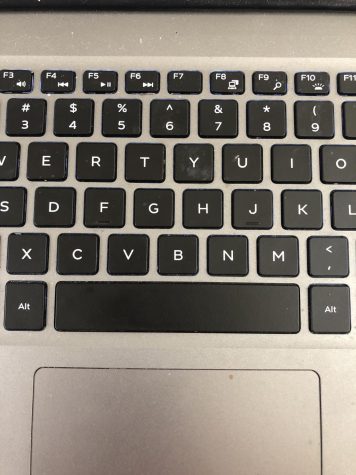How Teachers can Deal with Academic Dishonesty
March 18, 2021
Cheating in school is an issue that many teachers are familiar with. Any student can be considered likely to cheat on tests. Students may cheat on tests or exams for a variety of reasons, such as not being prepared for a test, dealing with the pressure of doing well, or being overwhelmed with the amount of schoolwork that they must complete.
Students can also be guilty of plagiarism, which is copying from other sources instead of presenting their own work. They could also plagiarize when using other sources when working on assignments, without showing acknowledgment to the original source.
Teachers can put a stop to cheating and plagiarism, however. Teachers can make it known to their students that cheating and plagiarism is not accepted, and other sources that they are permitted to use when looking for information for an assignment or project. There are also some other ways that teachers can stop their students from cheating on tests.
1.Keep and Maintain Open Communication:
Teachers should make a clear point to their students that cheating on tests and plagiarism will not be tolerated. They could also use handouts or have an online syllabus that explains their expectations and rules for using outside sources. Practicing good communication will help to make sure that students are aware of these rules and that they will be followed accordingly.
2. Require Students to Report their Progress:
Students could reflect personally on their progress of studying and understanding a subject, so that teachers are aware of what answers to expect from them on a test. For example, if teachers know that a student does not have a complete understanding of some topics, then teachers can help that student to develop a better understanding of the subject. Teachers will then also know a student’s capability of doing well on a test, since they know how well they are retaining information.
3. Explain Which Online Information is Acceptable
There are many online resources out there that are not a recommended source for students’ research on topics. Many students are aware that sources such as Wikipedia are not reliable. Teachers can also let students know of other sources that they are not allowed to use, so that they are aware of the incorrect information that they could find from those websites.
4. Warn of Signs of Academic Dishonesty
Teachers can also let students know of the ways that they could be caught when cheating or plagiarizing. Examples of these signs are the topic does not match the assignment, students are seen with their cellphones out, or the teacher notices notes that are out during a test. All of these are examples of cheating, and when noticed, should not be tolerated.
5. Prepare Multiple Forms of the Test
Students can be assigned different forms of the same test so that they cannot copy from others’ papers. The questions on tests could also be in a different order, so that students are less likely to cheat off other students’ papers.
These examples of ways that cheating can be stopped can help teachers to better detect when students are cheating on tests. If teachers use this advice, then less students will get away with cheating.











